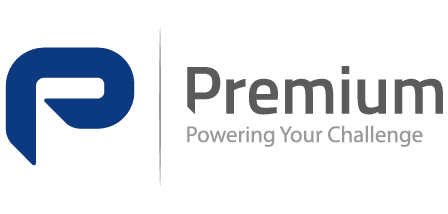Decoding Power Inverters: Understanding Efficiency Ratings and Their Impact on Your Energy Bills
In the quest for energy efficiency and cost savings, understanding power inverters and their efficiency ratings is essential for homeowners and businesses alike.
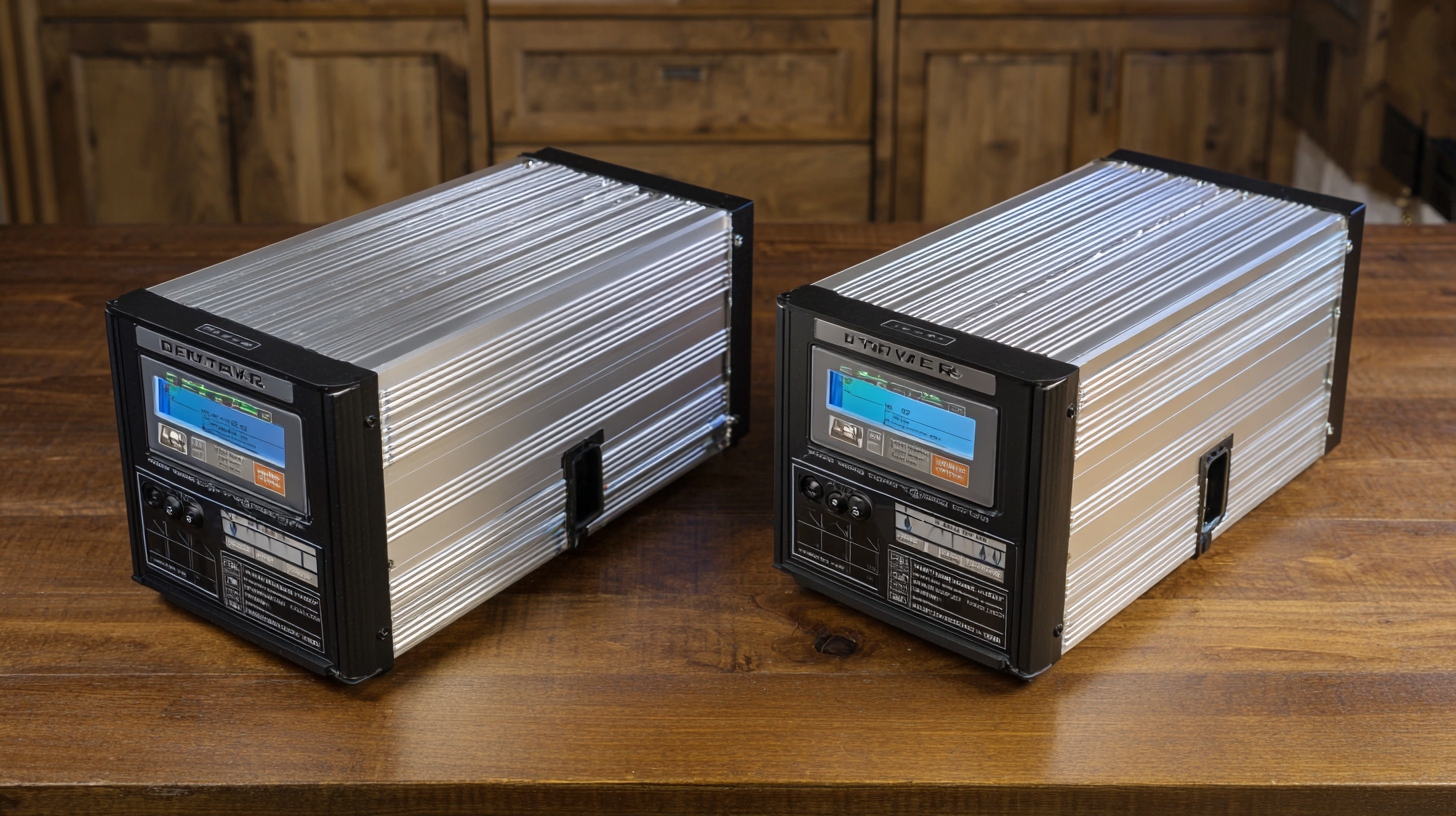
Understanding the Basics of Power Inverters and Their Functionality
Power inverters are critical components in converting direct current (DC) from solar panels or batteries into alternating current (AC) used by most household appliances. Understanding how these devices function is essential, especially as the demand for renewable energy solutions grows. According to the U.S. Department of Energy, the efficiency of modern power inverters typically ranges from 90% to 98%, with advanced models achieving near 99% efficiency under optimal conditions. This high efficiency is crucial as even minor losses in energy conversion can significantly impact overall energy consumption and costs.
The performance of power inverters directly influences energy bills due to their role in energy conversion and management. For instance, a solar installation with an inverter rated at 95% efficiency will yield approximately 5% less energy compared to an inverter at 99%. Over a year, this difference can amount to hundreds of dollars in savings or losses, depending on energy usage patterns and market rates. Industry reports indicate that investing in higher-rated inverters not only maximizes energy output but also promotes long-term sustainability by reducing the carbon footprint associated with energy production. Understanding these fundamentals can empower homeowners to make informed decisions about their energy systems.
Evaluating Efficiency Ratings: What They Mean for Your Energy Consumption
Efficiency ratings are crucial in determining the performance of power inverters, influencing both energy consumption and costs. These ratings, typically expressed as a percentage, indicate how effectively an inverter converts direct current (DC) to alternating current (AC). For instance, an inverter with an efficiency rating of 95% will convert 95% of the energy it receives into usable AC power, while the remaining 5% is lost as heat. Understanding these ratings helps consumers choose the right inverter that maximizes energy-saving potential and minimizes financial waste.
When evaluating efficiency ratings, it is essential to consider how they impact overall energy bills. Higher efficiency means less energy drawn from the grid, which translates to lower monthly expenses. Furthermore, inverters operating at lower efficiencies can lead to higher wear and tear, potentially leading to more frequent replacements and additional maintenance costs. By selecting an inverter with a high efficiency rating, consumers not only improve their energy consumption but also contribute to long-term savings. As energy prices continue to rise, understanding and choosing high-efficiency inverters becomes increasingly important for every household.
Decoding Power Inverters: Understanding Efficiency Ratings and Their Impact on Your Energy Bills
| Efficiency Rating (%) | Typical Annual Energy Consumption (kWh) | Estimated Annual Cost ($) | Potential Savings ($) |
|---|---|---|---|
| 85% | 6000 | 720 | 0 |
| 90% | 6000 | 720 | 36 |
| 94% | 6000 | 720 | 72 |
| 97% | 6000 | 720 | 108 |
Comparing Different Types of Power Inverters: Which is Right for You?
When choosing the right power inverter for your needs, it's essential to consider the type of inverter that best suits your energy requirements. There are several types of power inverters available, including modified sine wave, pure sine wave, and grid-tie inverters. Modified sine wave inverters are typically more affordable and work well for simple electronics, but they may not be suitable for sensitive devices. On the other hand, pure sine wave inverters provide cleaner energy and are ideal for sensitive electronics, making them a better choice for appliances like computers and medical equipment.
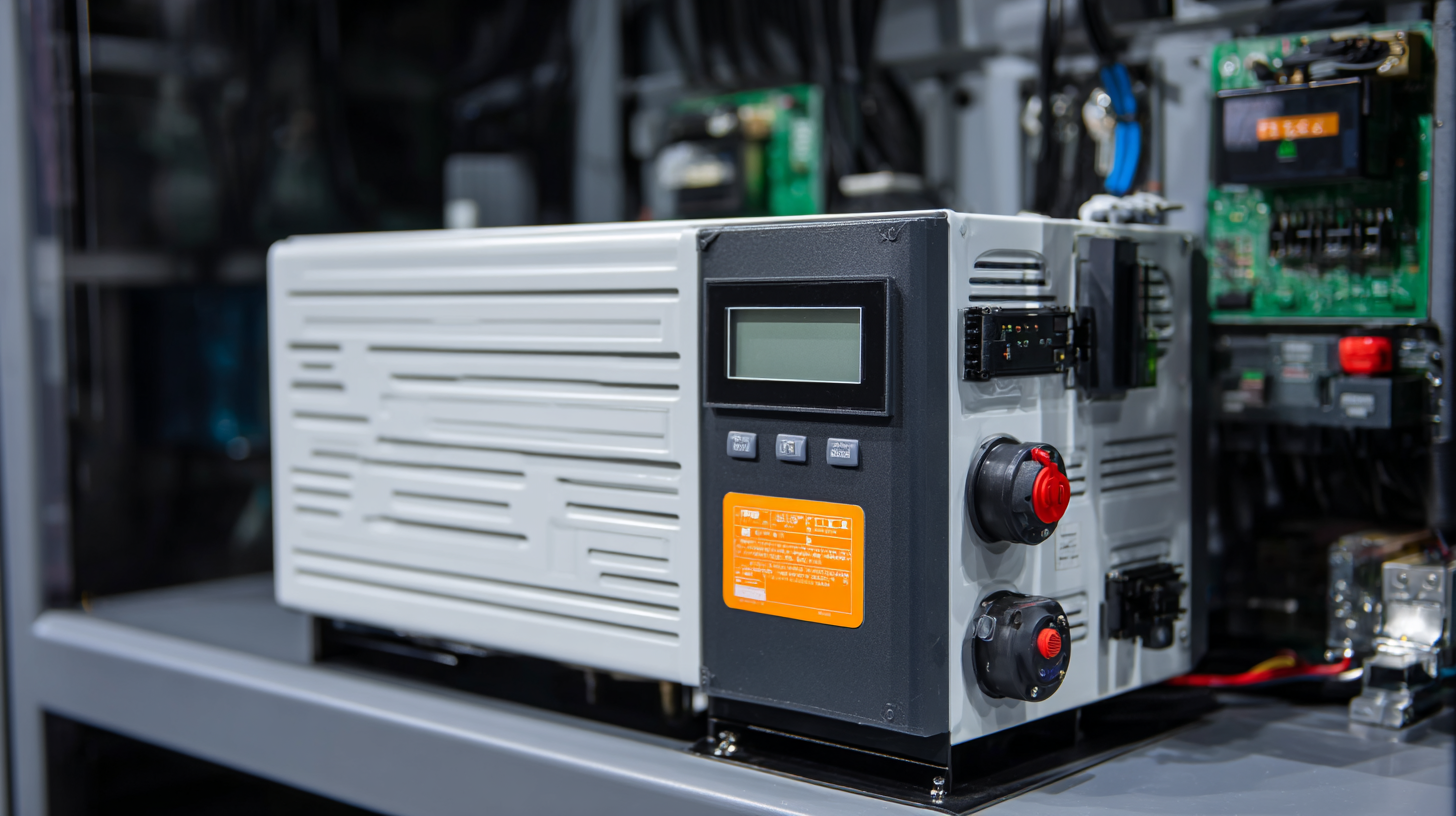
Tips: When selecting an inverter, check the wattage rating to ensure it meets the power needs of your devices. Also, consider the inverter's efficiency rating, as this can significantly impact your energy bills. A higher efficiency rating generally means more energy conversion and less waste.
For those looking to invest in solar inverters, prioritize finding a model compatible with your solar power system. The best solar inverters not only maximize energy conversion but also offer features like monitoring capabilities and warranties for peace of mind. Researching different brands and reading reviews can help you make an informed decision tailored to your specific situation.
Analyzing the Impact of Inverter Efficiency on Your Monthly Energy Bills
The efficiency of power inverters plays a crucial role in determining your monthly energy bills. Inverters convert the DC electricity generated by solar panels into AC electricity used in homes. The efficiency rating of an inverter indicates how much of the generated energy is actually usable. For instance, an inverter with an efficiency rating of 95% means that 95% of the energy is converted effectively, while 5% is lost in the conversion process. This small percentage might seem insignificant, but over time, it can lead to considerable losses in energy generation and savings.
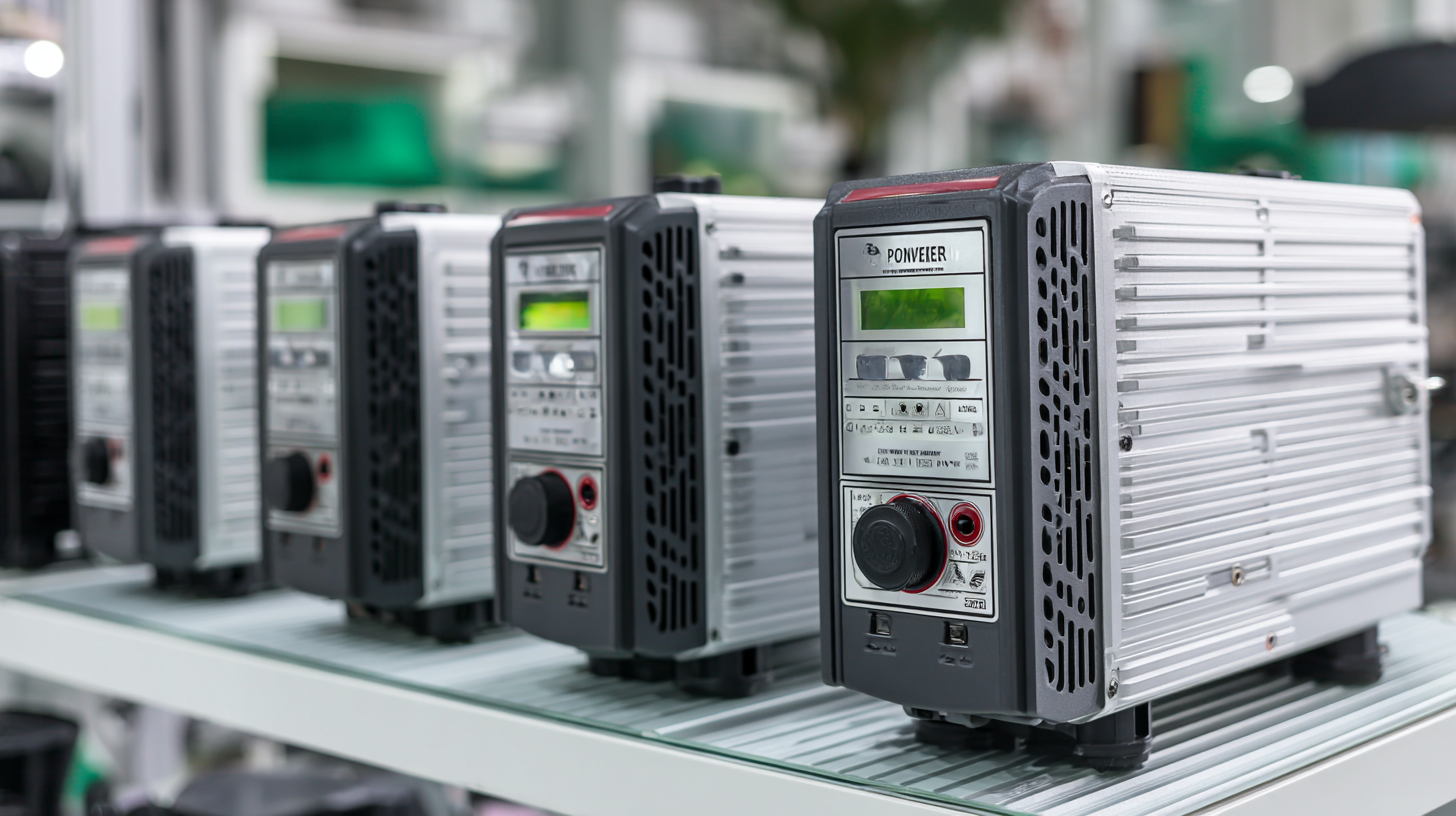
Moreover, the impact of inverter efficiency extends beyond mere energy conversion. A higher efficiency inverter not only maximizes energy output but also reduces wear and tear on the system, leading to a longer lifespan and fewer maintenance issues. Monthly energy bills are directly influenced by the amount of electricity consumed, and with a more efficient inverter, homeowners can expect lower operational costs due to enhanced energy savings. Therefore, when choosing a power inverter, prioritizing efficiency ratings is essential for mitigating ongoing expenses and maximizing the return on investment from renewable energy systems.
Tips for Selecting and Maintaining an Efficient Power Inverter
When selecting a power inverter, efficiency is paramount. Look for inverters with high efficiency ratings, typically above 90%, as these units convert a larger percentage of energy from the source into usable power. A high-efficiency inverter not only minimizes waste but also significantly reduces your energy bills over time. Consider the inverter's load capacity as well; it should comfortably support your devices without operating at max capacity, which can lead to inefficiencies and potential overheating.
Regular maintenance plays a crucial role in the longevity and performance of power inverters. Ensure the inverter is placed in a cool, dry location to prevent overheating, and periodically clean the vents to avoid dust accumulation. Additionally, check for loose connections and signs of corrosion, as these can impact efficiency. Keeping track of the inverter's performance through a monitoring system can help you identify any dips in efficiency, allowing for timely interventions. Regularly following these tips can ensure that your power inverter operates at peak efficiency, ultimately benefiting your wallet and the environment.
Related Posts
-

Why DC Supply is Essential for Modern Electronic Devices and Applications
-

Innovative Solutions for AC to DC Inverter Applications
-
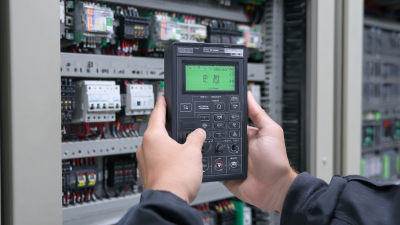
Maximize Efficiency with These Digital Strategies for Your Programmable Power Supply Usage
-

5 Proven Reasons High Voltage DC DC Converters Are Essential for Modern Power Systems
-

Addressing Common Issues with DC Supply Systems: A Comprehensive Guide
-
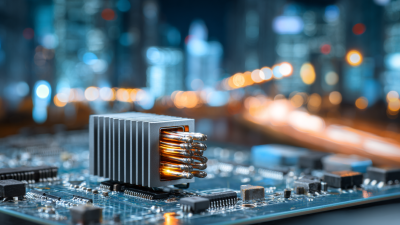
Understanding the Importance of DC to AC Converters in Modern Power Systems
At Premium PSU, we are specialists in designing and manufacturing power conversion systems for the industrial market. Our product range includes high reliability power supplies from 50W to 72kW.
PREMIUM PSU
C/ Dolors Aleu, 19-21, 2nd Floor
08908 – Hospitalet de Llobregat
Barcelona-SPAIN
t.+34 93 223 26 85

